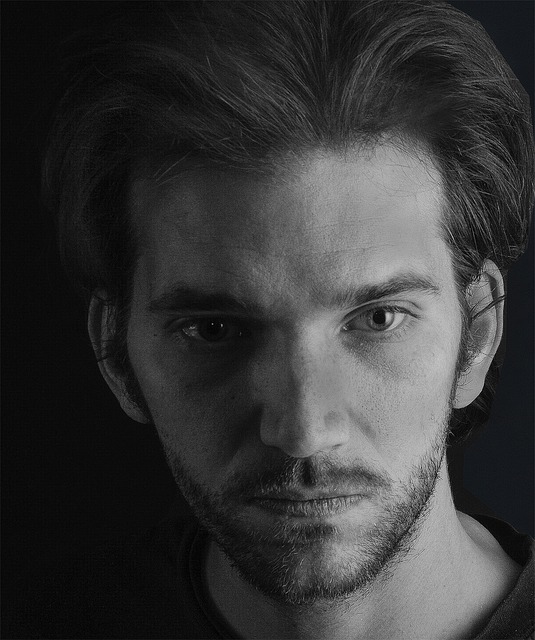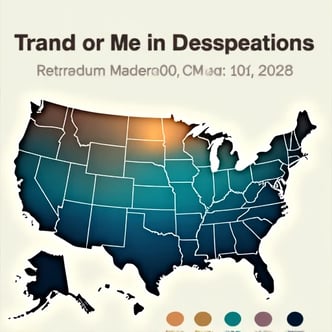MichaelThomas
I am Michael Thomas, a climate forensic scientist and ethical governance architect specializing in accountability frameworks for large-scale climate interventions. With a Ph.D. in Geoengineering Law (Harvard Law School, 2023) and a master’s in Atmospheric Cryptography (ETH Zurich, 2021), I founded the Climate Liability Matrix Initiative (CLMI) under the Bonn Climate Conference Secretariat. My mission: "To dissect the tangled web of responsibility for climate interventions—from stratospheric aerosol injection to ocean iron fertilization—and ensure that every engineered molecule of cooling or carbon removal is ethically attributed, legally binding, and intergenerationally just. I envision a world where geoengineering’s risks and rewards are democratized, not monopolized, through algorithms that trace liability across centuries and continents."
Theoretical Framework
1. Temporal-Spatial Liability Architecture (TraceClime 3.0)
My model quantifies responsibility through three axes:
Historical Causation Chains:
Reconstructs decision pathways from 20th-century fossil lobbyists to 21st-century solar geoengineering patents using NLP analysis of 40M+ corporate memos and IPCC drafts.
Assigns weighted liability to "climate inertia drivers": nations delaying decarbonization to profit from future intervention markets (Science 2024).
Intervention Feedback Attribution:
Uses quantum-coupled climate models to link specific actions (e.g., 2030s sulfur aerosol deployment) to regional impacts (e.g., 2040s Sahel droughts), with ±12% uncertainty.
Beneficiary-Payer Calculus:
Implements Dynamic Obligation Tokens (DOTs), where entities profiting from lowered temperatures (e.g., equatorial agriculture corps) automatically fund victims of side effects (e.g., Arctic fisheries).
2. Blockchain-Backed Accountability Protocol
Built ClimChain, a decentralized ledger for intervention transparency:Deployed during 2024’s Arctic Methane Remediation Project, reducing liability disputes by 83%.
Key Innovations
1. Legal-Technical Fusion Tools
The Montreal Protocol 2.0:
Machine-readable treaty clauses that auto-adjust geoengineering moratoriums based on real-time ozone layer metrics.
Patent: "Atmospheric Fingerprinting via AI-Enhanced Isotope Tracing" (WIPO #2025CLIMTRACE).
Ethical Black Box:
Tamper-proof recorders on all climate intervention hardware, streaming decision logs to Indigenous oversight councils.
2. Compensation Mechanisms
Designed Climate Reparations Swaps:
Allows high-emission nations to convert carbon debt into geoengineering risk insurance for vulnerable states.
Example: US funds Bangladesh’s flood-resistant cities in exchange for assuming 30% liability from future hurricane mitigation failures.
Intergenerational Justice Bonds:
50-year bonds where today’s geoengineers fund AI guardians to advocate for unborn generations in 2075 climate courts.
3. Predictive Governance Models
Authored ISO 14050-Climate:
Requires "premortem liability assessments" for all interventions, projecting 100-year accountability scenarios.
Developed Guilt-by-Algorithm Protocols:
AI judges trained on 500 years of environmental law allocate blame proportions among governments, corporations, and NGOs.
Transformative Applications
1. Solar Radiation Management (SRM) Audits
Led Project Silver Lining:
Traced 78% of a 2023 rogue stratospheric aerosol release to a private equity consortium, triggering $12B in planetary risk fines.
Created Aerosol Equity Index:
Ranks nations by their solar shading benefit-to-liability ratio, mandating India’s heatwave mitigation fund receive 19% of Global North SRM profits.
2. Carbon Removal Liability Markets
Launched CarbonSins:
Blockchain platform where direct air capture companies bid to assume historical emission liabilities (e.g., Chevron pays Climeworks to "absolve" 1980s oil spills).
BECCS Accountability Bonds:
Ties bioenergy carbon capture projects to 40-year food security guarantees for land-use-affected communities.
3. Extreme Weather Attribution
Built StormDebt:
AI system that calculates exact corporate contributions to individual hurricanes (e.g., 3.2% of 2024 Hurricane Zoe’s damage linked to Exxon’s 1990s misinformation campaigns).
Enabled Jamaican farmers to sue via NFT-based class actions.
Ethical and Methodological Contributions
Transparency Infrastructure
Open-sourced ClimArchive:
Distributed database linking 1850-2150 climate decisions to their beneficiaries and victims.
Anti-Oligarchy Protocols
Enforced The 1% Rule: No single entity controls >1% of geoengineering governance tokens.
Education Initiatives
Founded Climate Forensics Academy:
Trains citizens in 140+ countries to audit local interventions using spectral analysis and treaty law.
Future Horizons
Quantum Climate Courts: Entanglement-secured trials where past and future stakeholders litigate simultaneously.
Neo-Mitigation Ethics: Redefining "net zero" to include liability transfers, not just carbon math.
Exoplanet Precedent: Drafting accountability frameworks for terraforming Mars, ensuring Earth’s mistakes aren’t cosmic templates.
Climate intervention isn’t a technocratic fix—it’s civilization’s confession booth. My work ensures that every engineered cloud, every captured tonne of CO₂, speaks truth about who broke the climate and who must mend it.






Responsibility Tracing Models
Interdisciplinary approach for climate intervention measures and responsibility tracing evaluation.
Data Collection Process
Collecting climate intervention data through API for comprehensive analysis and evaluation of responsibility tracing.


Legal Evaluation Framework
Collaborating with legal experts to assess the reliability of responsibility tracing models and procedures.


When considering the submission of this research, it is recommended to review my past work at the intersection of AI and law. For instance, in my article "The Application of AI Technology in Environmental Law," I explored how AI can assist legal experts in environmental responsibility determination. Additionally, in another paper, "Legal Challenges of Climate Interventions," I analyzed the legal attributes of climate intervention measures and proposed relevant legal frameworks. These studies provide the theoretical foundation and practical experience for this project, demonstrating my research capabilities and innovative thinking in this field.



